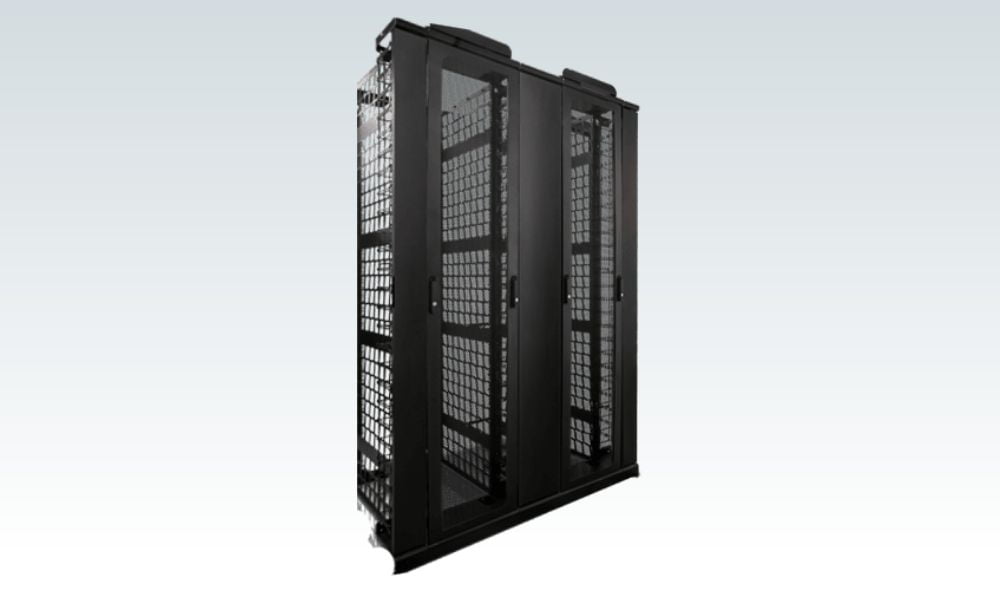
Cable management is an important part of data center maintenance. Without cable management, you may waste time and energy attempting to get access cables leading to servers needing repairs. You might not be able to find the specific cable you need to replace. Lacing panels are great answers to this problem, as they organize cords and make them easy to access. Here are tips on using lacing panels effectively in a server rack.
Measure Connection Distance
If you don’t measure connection distance, you risk lengthy cables snaking through your data center with nowhere to put them. Measuring the connection distance will help you determine the ideal length for cords. Note that with the high exhaust temperatures in your rack, it is important to keep cables organized so the hot air can easily exit the rack into the hot aisle. Cramming too many cords into one lancing panel defeats its purpose and can obstruct the hot air and keep it in the rack. Instead, measure your cables in inches to determine if the lacing bar can accommodate them. Get a wider lacing panel if your cable length is long in order to use them effectively in a server or network rack.
Color Code Your Cables
Color code your cables to help define what server the cords are connected to. You can place the label at either end of the cable to convey its purpose and where it’s connected. Neatness counts, especially in a data center
Suppose a prospective investor visits your business. If they want a tour and see your data center is not organized, they might assume you are unprofessional or your employees do not take pride in their jobs.
Plan To Expand
Your data center is bound to expand, so plan for this expansion when you design your rack. Consider how much space you’ll need when expanding. By planning ahead, you won’t get stuck with too much equipment in an insufficiently sized facility.
At AMCO, we offer cable management server racks so you can organize your data center and keep all your cables organized. Check out what we have to offer today!
